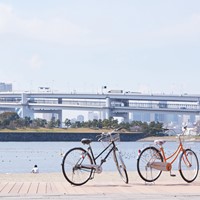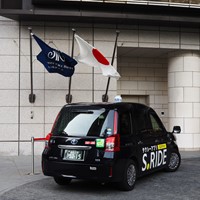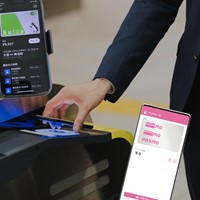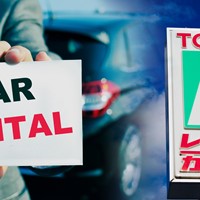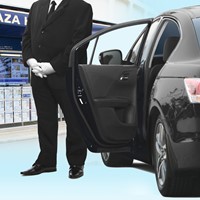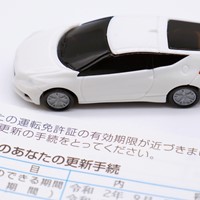Public Transportation in Japan
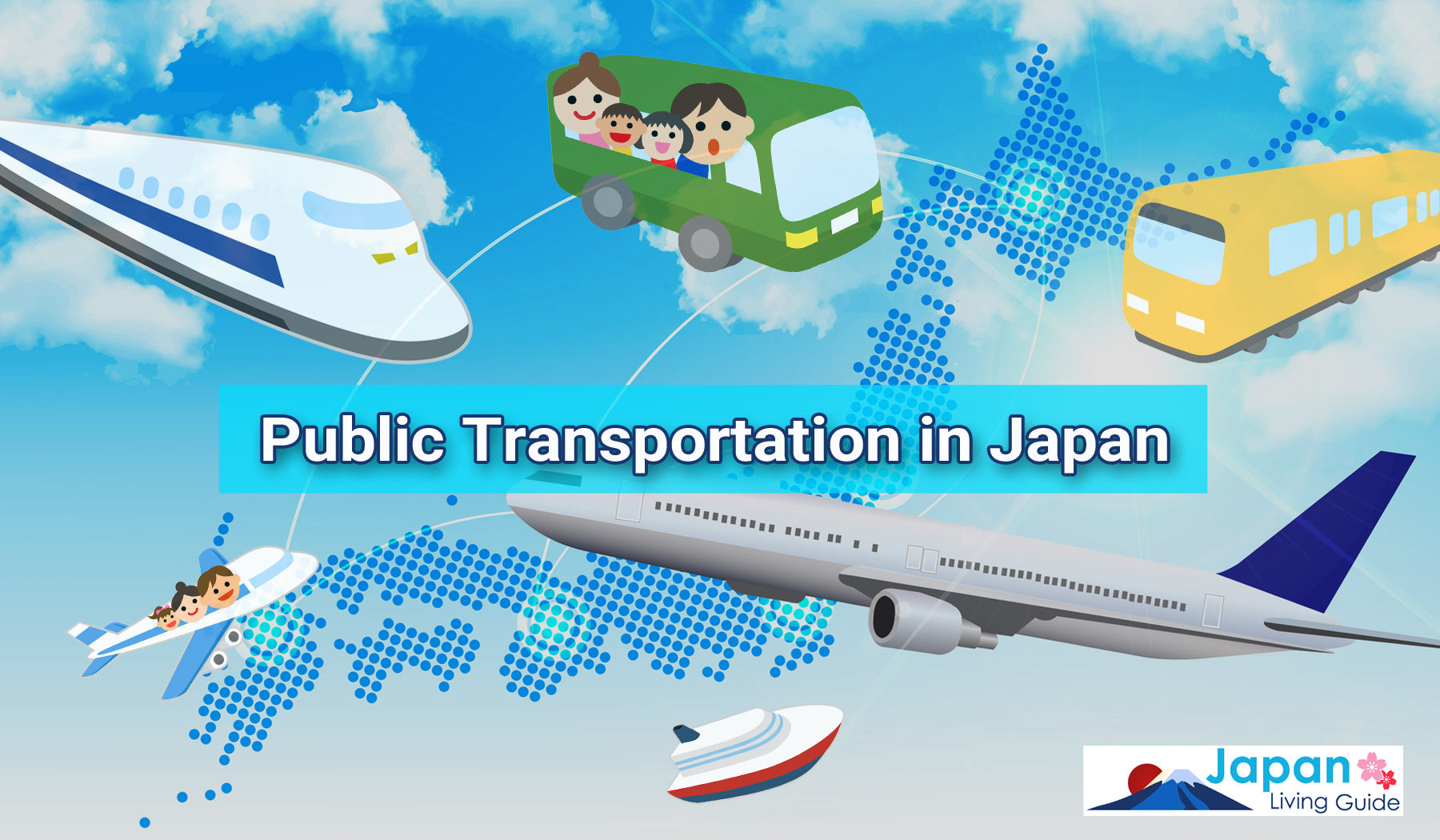
Japanese public transportation is very well organized and accommodating. Rail lines connect most parts of the country. Buses, taxis and other vehicles are used for transit to remote or less traveled locations, while airplanes link the country for faster commuting over greater distances. Heavy traffic congestion in metropolitan areas further encourages reliance on railway systems for everyday commuting. The average Japanese family may own a car, but primarily use it on weekends. Public transportation in Japan has a reputation of being clean, fast, consistently on time and signs in English allow foreigners to effectively navigate cities and the country as a whole.
Bridges and also undersea tunnels connect expressways to allows the traversing of the four main islands of Japan. Traveling by car is convenient for family trips, despite expensive toll charges, with many rental companies existing to serve this and many other needs. Japan’s Railway lines, which link all major cities, provide another alternative.
How to get around Japan
Finding your way around Japan can be overwhelming at first due to not being able to understand or speak the language. However, there are plenty of transportation options available to help you get wherever you would like to go. You can hail a taxi outside your home, switch trains or catch a bus from a station to your office. You do not have to worry too much about getting stuck anywhere in Japan.
Trains
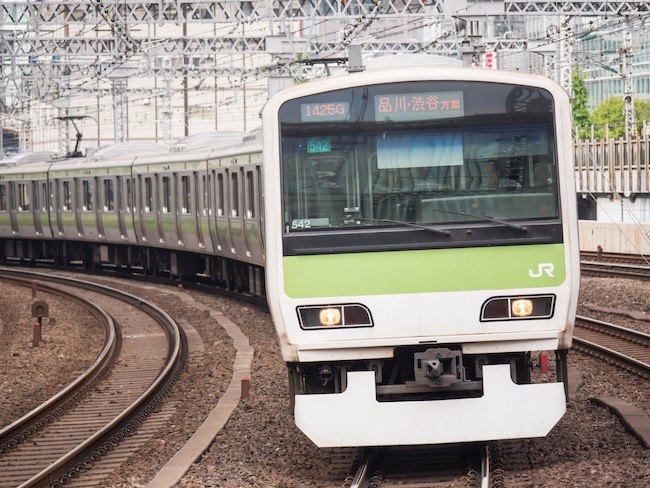
Trains are perhaps the most straightforward way to get around Japan. All signs at train stations provide the major station names in English with most of the stations having English-language maps available as well. Japanese trains are also very clean. Trains are almost always on time and they run from early in the morning, usually starting before 6 a.m., until a little after midnight. If you would like to travel long distances in Japan, you can ride a Shinkansen (bullet train). The Shinkansen is very fast, smooth and comfortable high-speed train. They run all the way from Hokkaido to Kyushu.
Travel IC cards (prepaid transportation cards)
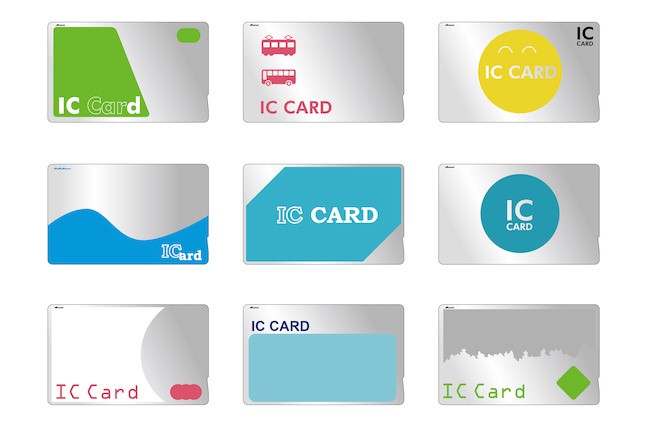
If you travel in Japan, it is essential to have a prepaid train card (IC card). It is the easiest way to ride trains/busses across Japan. IC cards can also be used for some taxis, stores, restaurants, vending machines and coin lockers.
You can use your card everywhere in Japan where IC card logo is displayed. IC cards are divided into 10 types by region. However, they can all be used interchangeably allowing you to use one region’s IC card for transport in another region. For instance, you can use a Suica JR card to get around on the subway in Kyoto. You can also shop with Suica in Kyoto and recharge it there.
>> Tokyo Subway Ticket Options: Suica or PASMO?
Planes
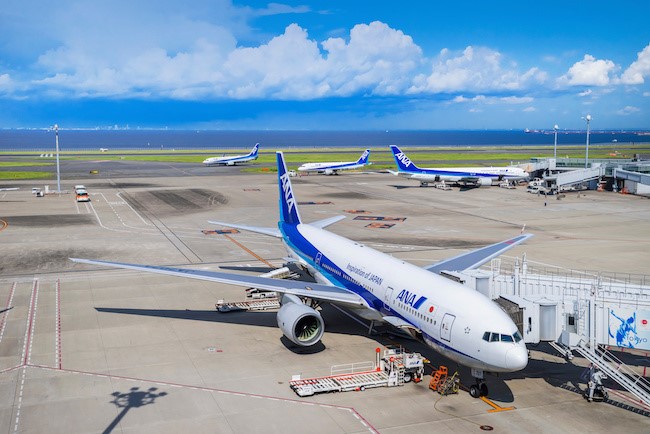
It is sometimes quicker to travel by plane than by train (shinkansen). Japan has many airports and a lot of domestic flights take off and land every day. Below are major airlines in Japan.
・JAL
・ANA
・Jetstar
・Peach
・SKYMARK Airlines
・Solaseed Air
・STARFLYER
Taxis
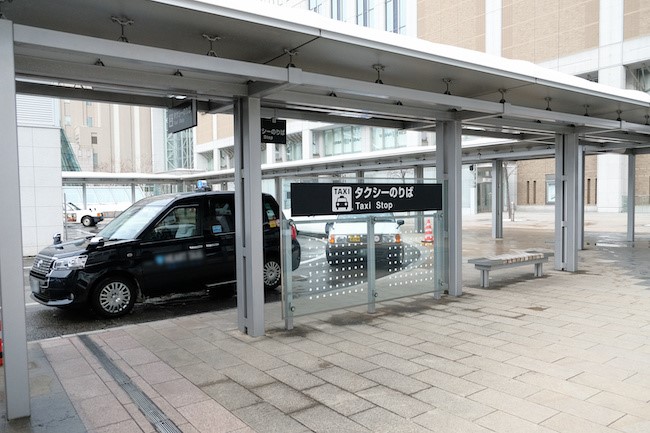
Taxis are easy to find in cities. They are usually queuing up at train stations waiting to pick up disembarking train passengers and convey them to their final destinations. You can also hail a taxi by waving your hand near the street. If it is vacant, it will display a red light “空車”(Kûsha=vacant) on the dashboard in the lower corner of the windshield. If it is occupied, it will display a green light “賃走” (occupied). Although Uber is not so common yet in Japan, there is an app that lets you call a taxi easily. Please read How to catch a taxi in Japan for more details.
Buses
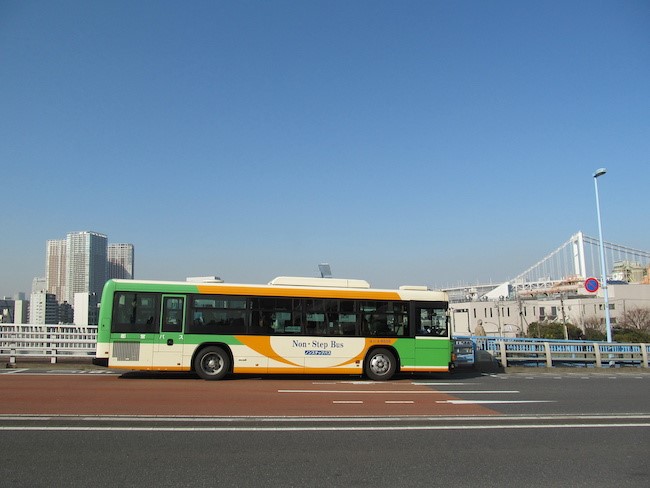
Bus stops are quite common in Japan. They run up and down every major road and can easily get you from your home to the train station or office and back again. They require a little more preparation than riding the train so make sure you check your route and bus number before you head out. To get off the bus, listen for your stop to be announced over the intercom and press the Disembark button. This will alert the bus driver that someone wishes to get off and he or she will let you off at the appropriate point.
Driving in Japan
Please refer to: Driver's License in Japan
Cycling in Japan
Please refer to: Cycling in Japan: Bicycle Rules & Regulations
Important: Foreign residents or visitors should make sure they always have a passport or Japanese government issued ID on their person. The police can, and do, stop cyclists to check ownership and carrying these documents at all times is a legal requirement for non-Japanese, so don't get caught without the
